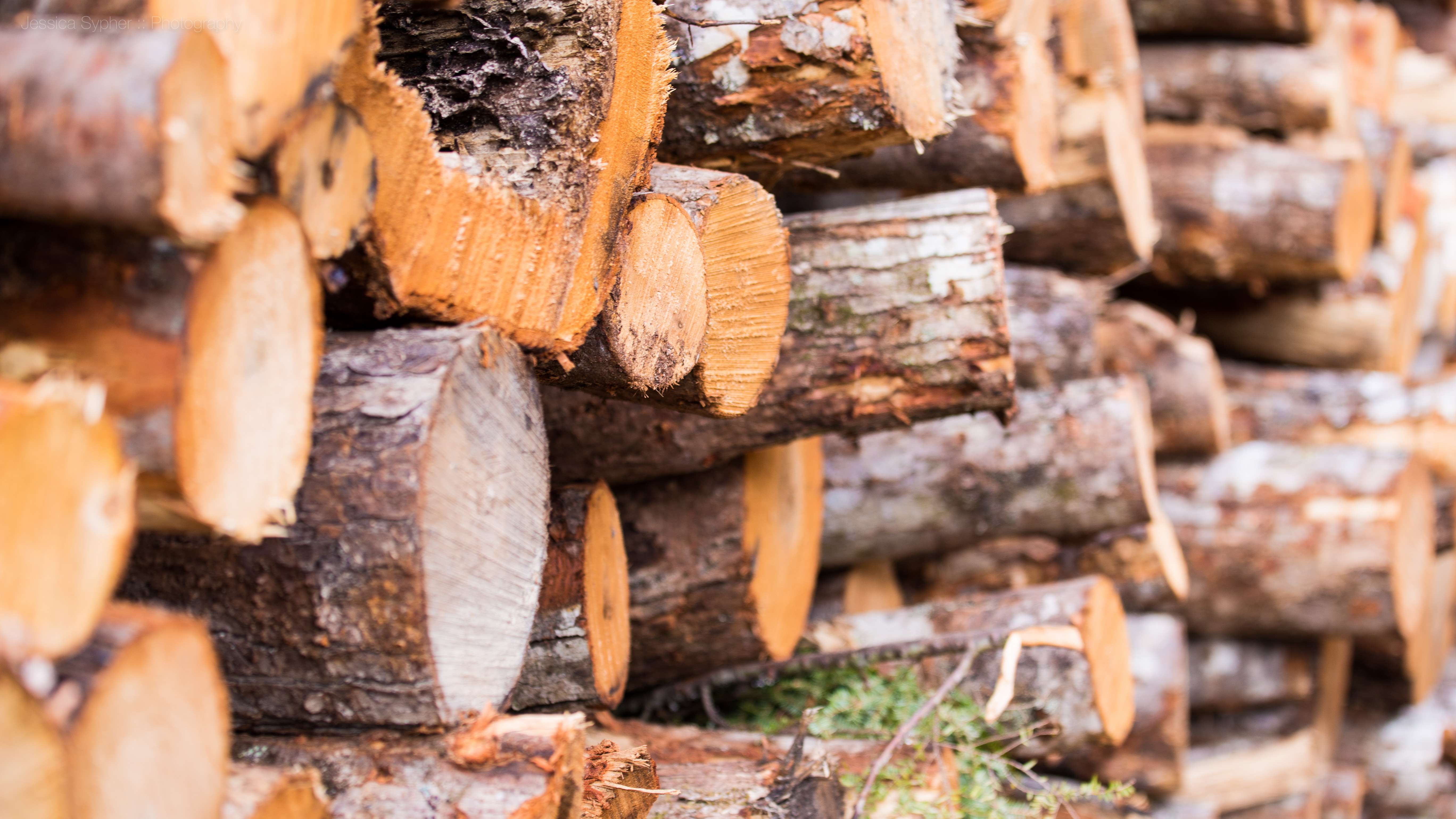The Eastern Shore
Lake Charlotte, Eastern Shore, Nova Scotia, Canada
The Eastern Shore is a region on the east coast of Nova Scotia, which largely consists of rural communities that rely on the Acadian Forest and fishing for their livelihoods. Forest management practices have shifted toward clear-cutting, accelerating the degradation of the forest. To address this issue, local champions have helped drive an evolution of community identity over time, allowing for increased collective action related to wilderness and local livelihood protection.
Top environmental challenge faced by the community (currently or in the past 10 years):
As the local forestry industry began to be increasingly managed for pulp, due to a global appetite for paper made from wood pulp, forest management practices shifted towards clearcutting. Increasingly mechanized harvesting technologies further accelerated the degradation of the Acadian forest in the Eastern Shore region. Much of the Acadian forest along the Eastern Shore has been logged extensively, and even-aged forest monoculture stands have diminished its resiliency. In addition, the stunning collapse of groundfish stocks in the early 1990s not only resulted in significant ecological loss, but also decreased economic resiliency, driving rural depopulation. Many have speculated that there was an accompanying collapse in the sense of rural coastal identity.
How the environmental challenge has affected local livelihoods:
Over the forty years that encompass this case study, much has changed along the Eastern Shore. Back in 1975, local communities were just beginning to organize against external threats to their sense of place, including wilderness protection proposals and industrial forestry. As economic and demographic changes shaped evolving livelihoods and community identity over the years, key threshold events have also helped community groups, with diverse motivations, come together to create and support various conservation actions, from a demonstration forest to protected areas to stewardship skill building projects. However, there is still a deep need to support the resilience of the Eastern Shore and its members especially through rural economic development which respects identity, ‘sense of place’, and stewardship priorities.
Community response to the challenge, through environmental stewardship (conservation) initiatives that improve environmental well-being and support sustainable livelihoods:
The story illustrates how the efforts of key local champions helped drive an evolution of community identity over time, allowing for increased collective action related to protection both of wilderness and local livelihoods. Various community groups have been key local actors in the Eastern Shore forestry and wilderness conversation. These groups include: The Association for the Preservation of the Eastern Shore (APES); The Eastern Shore Forest Watch Association (ESFWA); Otter Ponds Demonstration Forest; The Deanery; The Public Lands Coalition; and The Ecology Action Centre. Local actors or ‘local champions’ within the above groups were crucial drivers of change in this story, facilitating collaborating amongst diverse stakeholders to achieve transformative outcomes. Also, individuals brought together groups, which then amplified their organization, enabling them to take up greater roles as activists promoting (and accomplishing) conservation outcomes.
Extent to which governmental policy (at local, regional or national levels, as relevant) has supported, or been contrary to, the community's responses to the environmental challenge:
In 1977, the provincial government opted for a forestry policy aiming to double harvesting volume and, by the 1980s, clearcutting was the overwhelming norm. Shifts in technology, markets, and policy not only degraded the forests, but also led to loss of community access to the land, and phased most forest management roles out from the community. However, recent international drivers, stemming from the United Nations’ Brundtland Report (1987) and Rio Declaration (1992) drove federal and provincial wilderness protection commitments starting in the 1990s. In Nova Scotia, the provincial Department of Natural Resources (DNR) manages most of the publicly owned forest and wilderness resources. DNR has broad responsibilities related to the development, management, conservation and protection of forests, minerals, parks and wildlife resources. Despite this, environmental and community groups believe that DNR’s relationships with forest extraction companies has dominated DNR’s motivations, often leading to management choices that diminish Nova Scotia's natural wealth.
Keywords: Ecosystem
Forest
Keywords: Resources
Fish, Forest, Land, Minerals, Wildlife, Water
Keywords: Big Issues
Biodiversity, Human-wellbeing, Resource use
Keywords: Solutions
Ecological Restoration, Empowerment, Local/Traditional knowledge
Contributed by: Ecology Action Centre
The information provided and opinions expressed above are the responsibility of the contributor and do not necessarily reflect the views and analysis of the Community Conservation Research Network (CCRN), nor those of all members of the community described.
For any questions or comments on Communities in Action, please contact us
here.



